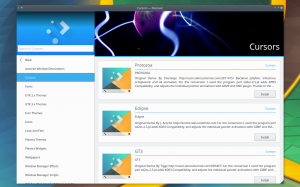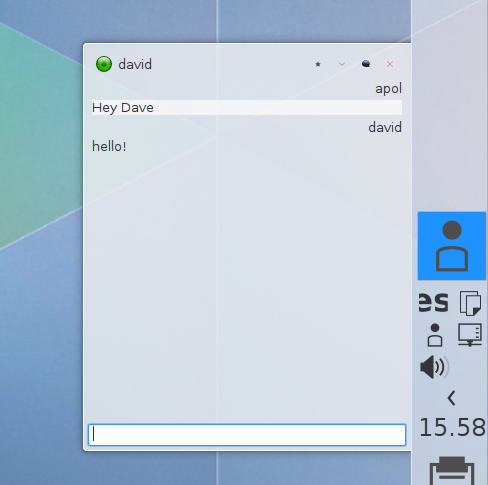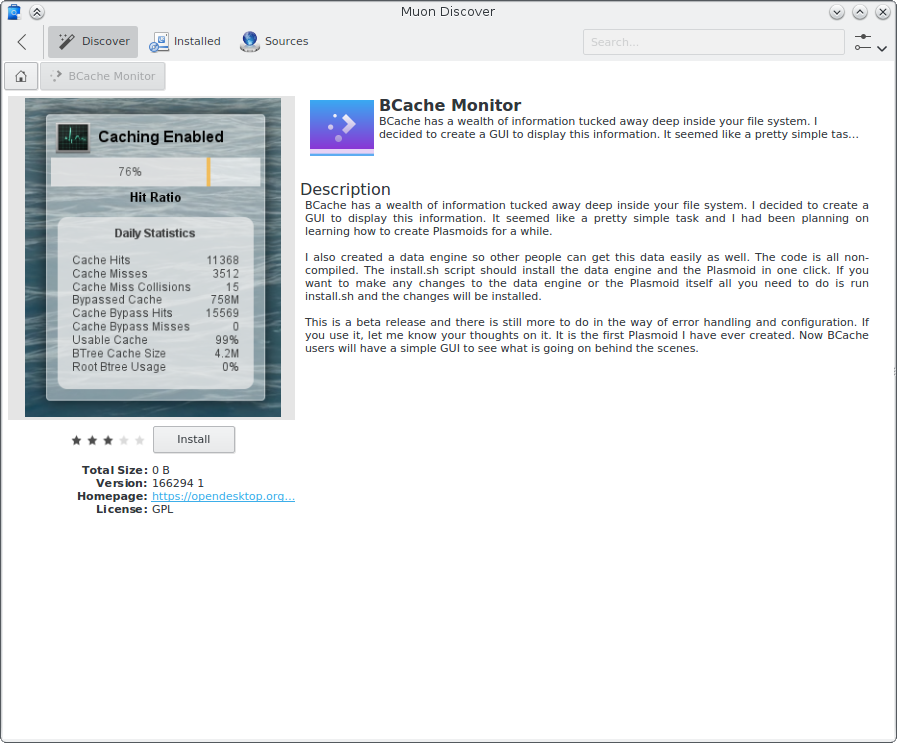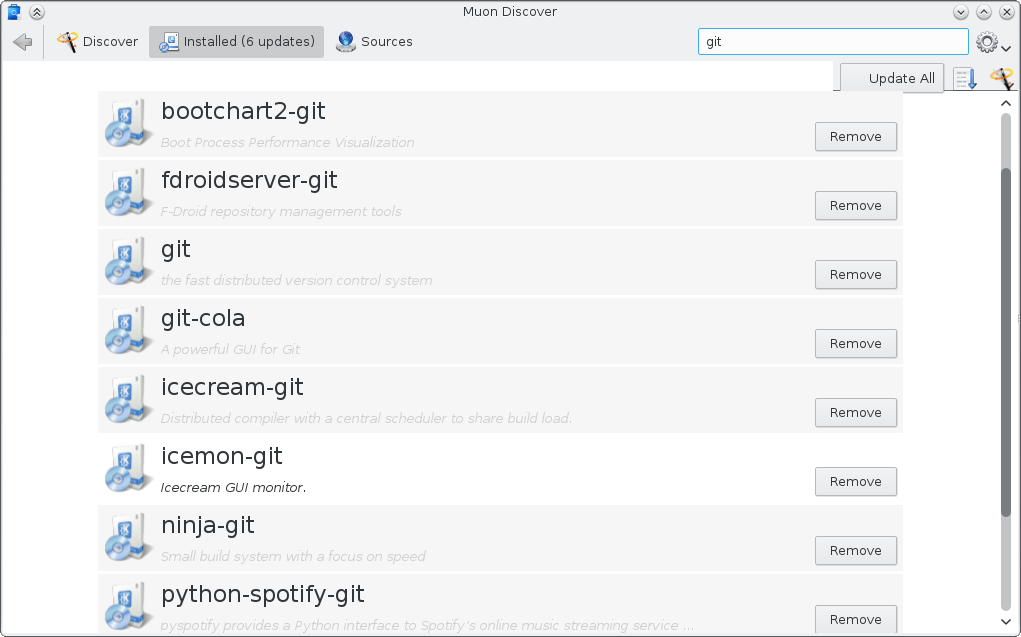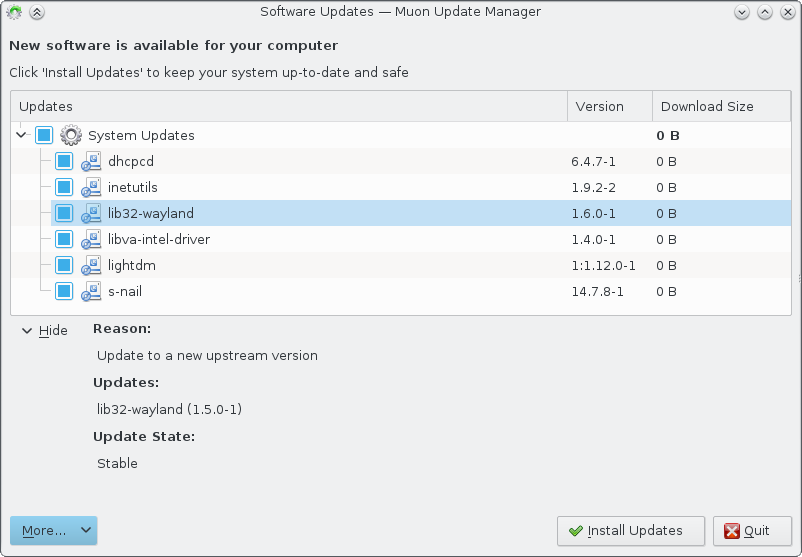I haven’t been directly involved in Plasma development in the past a lot, only since very recently, because of my job at BlueSystems. Ever since I started working on the Plasma Desktop Shell, I’ve had 2 important concepts in mind that I’ve tried to follow:
- The desktop is the place people go when they want to be performant.
- Let the user focus by offering simple concepts that just work.
So far it’s looking good, I’ve been using it on my system daily and I haven’t had many important problems. Interestingly enough, one of the things I like about Plasma 5 is how it doesn’t try to get you in a spaceship. It does what you expect a shell to do, we’ve focused on making sure this is done properly and that all the tools to extend it are there, in case you want to go crazy. But the Plasma Shell, Plasma is solid.
Going crazyEnhancing Plasma UX
I think we need to, we want to. We thrive on it. The reason we’re developing software is to blow your minds, our mind. On the other hand it’s harmful, it’s much easier to go crazy than to provide a meaningful set of polished features. And we want polished.
But we want features, I want to take advantage of our frameworks and integrate the technologies that drive our lives, everyday, more and more. That’s why I think we want to start working on the services and applications that will complete that Plasma experience that, in the end, will be slightly different for many of us. Because we’re not all the same.
Now let me list some technologies that I’d like to see grow and hopefully help push in the following months.
KPeople
If you think about it, the ways we communicate over the Internet today and the ways we did 10 or even 15 years ago are essentially the same: we still chat through test, audio and video; we still send e-mails and we still exchange files in unreasonably broken ways. On the other hand it feels different, I think mostly because of using many devices with different sizes.
We want our software to understand these concepts. Different people and even groups of people offer us very rich and colorful semantics we want to be able to embrace both from Plasma and applications.
Having the people around us easily accessible is very important to be performant while still remaining as a simple concept we all understand, we don’t talk to an e-mail account, we talk to a person; only in many different ways.
KDE Connect
If talking to others is important, talking to us is even more important. Everybody I know, works with his phone on the desk and some of them with a tablet in the bag. I don’t think it’s easy getting to be performant if we have to keep checking what’s up on different devices. Furthermore, there’s no technical reason for that, we have KDE Connect. It needs polishing, it needs love but it has huge potential.
One of the things I like the most about KDE Connect is that it’s really easy to adopt. You have it available today on Android (and therefore BBX, Jolla, Ubuntu Phone and a couple others that support android apps), it’s in the way to be on iOS and we have a library you can re-use to take it to your favorite platform, that is obviously supported by Qt 5.
There’s lots of barriers to break there, we want a cloud-based client so you don’t need to have all devices in the same room; we want to break the barrier and see it developed in those new platforms we would never expect to find them. Also we want you to explore with us and find the synchronization nirvana.
My Conclusion
Finding a balance between making something simple and solid, KISS style, and going creative doesn’t go well together, on the other hand Qt and Plasma offers us lots of flexibility, so we have ways to do so.
I decided to go with this Musketeers (or I thought) slogan because it depicts quite well how I see myself using my laptop in some time. Every time less about those little windows and more about aggregating my people and my self, through the different gadgets I carry.
Corollary
Last, but not least, as usual I’d like to remind you that want to help ensure all this happens in the best of the conditions, you can consider donating to the Randa fundraiser, where KDE will gather and come up with many tools that will render this possible, in the best of the conditions.
